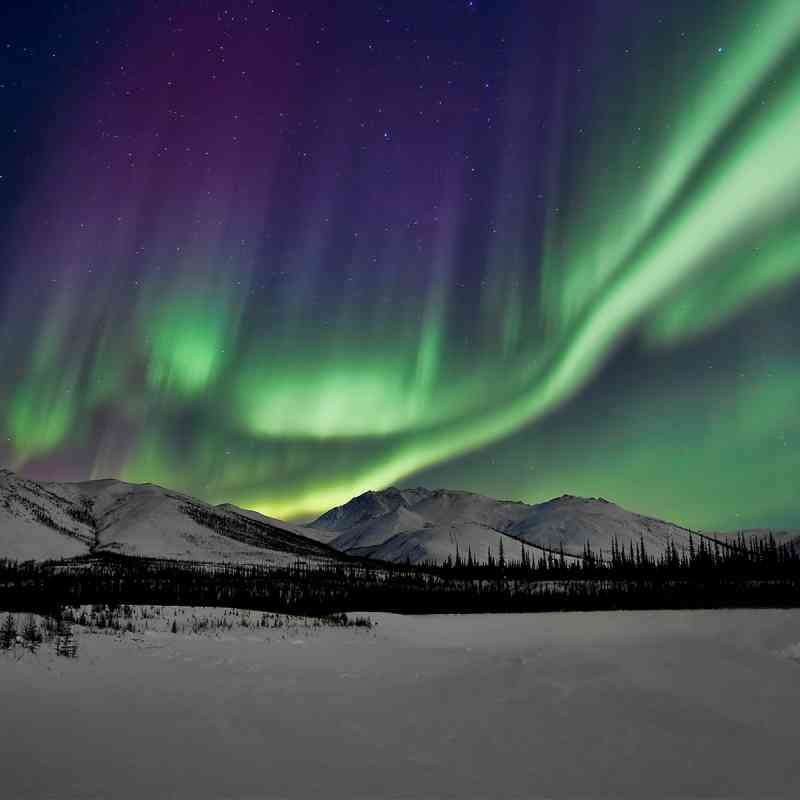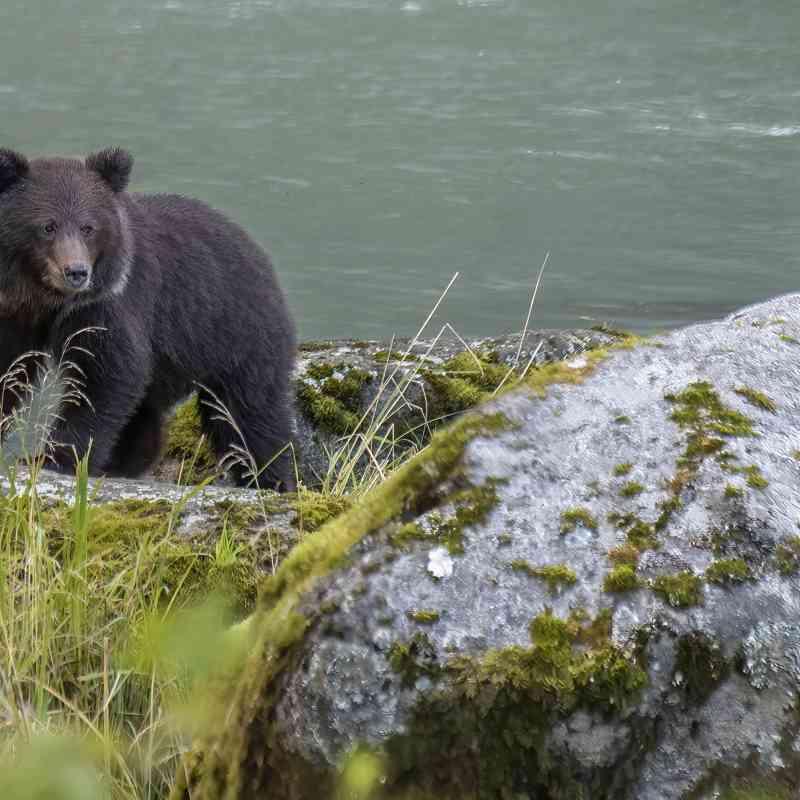Tweet“The BLM must protect the lifeblood of thousands of Alaskans. Seventy-eight Tribes and Tribal organizations have directly called for BLM to retain these protections, which will help wildlife like the Western Arctic Caribou herd. This herd undertakes one of the longest terrestrial migrations in the world and is depended upon for subsistence hunting."
The Bureau of Land Management today released its draft review assessing whether to retain Public Land Orders protecting areas of land totaling the size of Ohio, from oil and mineral development. Defenders of Wildlife will be assessing the draft document and submitting detailed comments to BLM.
“This process is a vital step in ensuring continued protection for millions of acres of habitat for wildlife, including imperiled species,” said Christi Heun, Defenders of Wildlife Alaska senior representative.
Since the early 1970s, certain lands within BLM’s Bristol Bay, Bering Sea Western Interior, East Alaska, Kobuk Seward and Ring of Fire planning areas have been off-limits to mineral extraction. Today’s draft environmental impact statement is an effort to update outdated and perfunctory reports from 15 years ago that recommended removing protections on 28 million acres of land without accounting for impacts to wildlife habitat and subsistence hunting and fishing for more than 70 Tribal communities.
“The BLM must protect the lifeblood of thousands of Alaskans,” Heun said. “Seventy-eight Tribes and Tribal organizations have directly called for BLM to retain these protections, which will help wildlife like the Western Arctic Caribou herd. This herd undertakes one of the longest terrestrial migrations in the world and is depended upon for subsistence hunting."
The Western Arctic Caribou population has declined 23% in recent years, which has significantly affected Tribal communities.
The public now has 60 days to comment on the BLM’s draft environmental impact statement and to urge the agency to consider stronger alternatives to protect these wild landscapes.
This map shows the ANCSA 17(d)(1) lands under evaluation during this EIS process (in orange) across five BLM Land Use Planning Areas.
Background:
Pursuant to the Alaska Native Claims Settlement Act, the Secretary of the Interior issued a series of Public Land Orders from 1972 to 1975 that prohibited mining and mineral leasing on 158 million acres of land in Alaska. Many of the PLOs reiterated the important purpose of protecting the public interest in the lands. These lands are often called “D-1 lands” because the PLOs were issued under section 17(d)(1) of ANCSA.
The Trump Administration prepared five PLOs attempting to lift the D-1 protections for specific lands covering 28 million acres within Bristol Bay, Bering Sea Western Interior, East Alaska, Kobuk Seward and the Ring of Fire regions, but these never took effect legally. The Biden Administration is now undertaking an environmental review to reevaluate and better understand how lifting the D-1 protections could affect fish and wildlife habitat, subsistence opportunities, communities, and subsistence resources.
Defenders of Wildlife is celebrating 75 years of protecting all native animals and plants in their natural communities. With a nationwide network of nearly 2.2 million members and activists, Defenders of Wildlife is a leading advocate for innovative solutions to safeguard our wildlife heritage for generations to come. For more information, visit defenders.org/newsroom and follow us on Twitter @Defenders.





